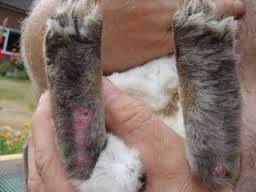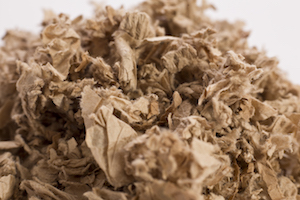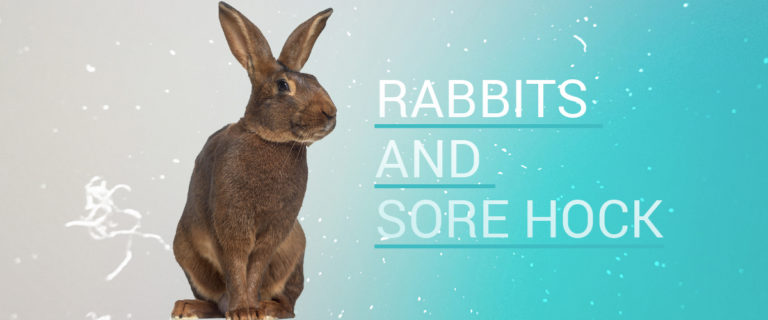“Sore hock” should really be called “My legs are burning with pain and it hurts worse every time I move or put any pressure on them”.
Sore hock is the term used, though, so for now we’ll stick with it (the official term is ulcerative pododermatitis, FYI). It means that the part of the back leg above the paw is red, raw, and possibly infected. The fur is mostly (or all) gone. The picture below is a very mild case...it can get WAY worse but we didn't want to put gruesome pics here.

Sore hock can happen for a bunch of reasons:
- The flooring – small animals are meant to walk on earth. The flooring should be soft, and solid (no wire!!!), with good absorption. The best scenario is a solid floor with a good thick layer of soft bedding. This allows their paws to move and bend as they are meant to do. The soft bedding also soaks up urine, so there is less opportunity for urine scald. Super slick surfaces (like plastic), even UNDER the bedding, give your friend no traction, and that keeps their bodies from working the way they should. If you have to put something under your friend’s area, try a textured tile.

- Too much weight – just like for humans, having too much weight on bones and joints shifts everything out of whack. More pressure is put on places that aren’t meant to carry the extra burden. Learn more about weight, how to judge proper weight, and how to shed a few extra ounces.
- Injuries or arthritis – if your friend has an “old football injury”, it might be causing them to use that leg differently. Even if it is a front leg, this shifts the whole skeleton off balance and causes pressure points where there shouldn’t be any.
- Lack of foot padding - rabbits in particular have problems with this. They just don’t have any paw pads to speak of, and they rely on the fur between and around their toes. It forms a nice thick felted wool pad. If that felty pad isn’t there, or isn’t thick enough, we’ve got problems.

Not only is sore hock quite painful for your small friend, but it can get worse. Way worse. Your friend can end up with a bone infection, need surgery...all kinds of painful (and expensive) complications.
So what do you do about it? First, you make sure you’ve done everything you can to prevent it. Then, you catch any problems early. Check your animal regularly. If you see some fur loss or slight pinking of the hocks, it is time to take action! There are medications your vet can give you, and we’ve got some great instructions on how to protect the area coming up in the next post!





